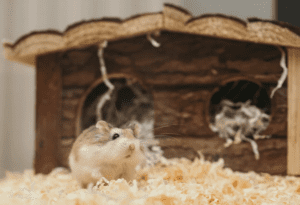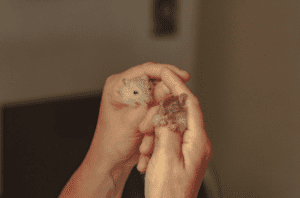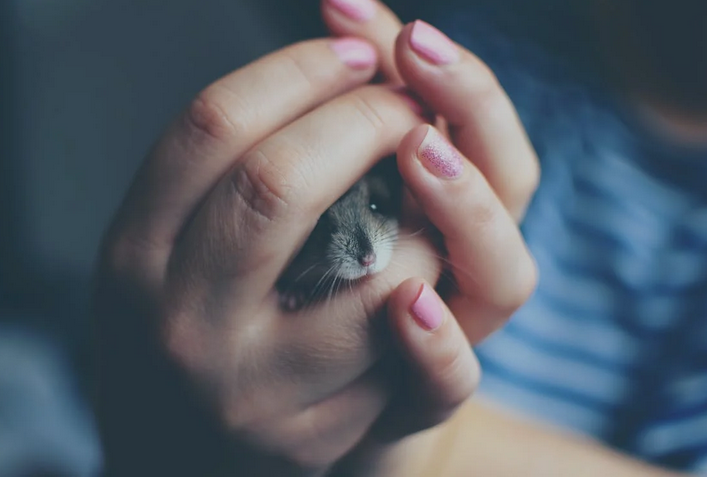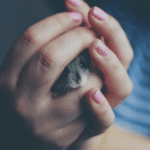Hamsters are a great pet for every age. They are small, easy to care for, and can be playful and entertaining. Hamsters belong to the rodent family, including a chinchilla, guinea pigs, and mice. The average lifespan is two to three years, but some have been known to live up to five years in captivity. However, if you are new to owning a hamster, there are a few things you need to know to keep your pet healthy and happy. This blog post will discuss the basics of hamster care, including diet, housing, and exercise. We will also provide tips on handling common problems like diarrhea and obesity. So if you’re thinking about getting a hamster as a pet, be sure to read this post first.
Choose a Habitat
 The most popular option is a wire cage with a plastic bottom. These cages come in various sizes, so be sure to choose one that is appropriate for the size of your hamster. Another option is an aquarium with a mesh top. This type of habitat is better for larger hamsters, as they will have more room to move around. Whichever kind of habitat you choose, include a water bottle and a food bowl. Your hamster’s habitat should also include some hiding places and toys. Hamsters like to nest, so provide them with a small box or tube to hide in. And be sure to have chew toys, as hamsters love to gnaw on things.
The most popular option is a wire cage with a plastic bottom. These cages come in various sizes, so be sure to choose one that is appropriate for the size of your hamster. Another option is an aquarium with a mesh top. This type of habitat is better for larger hamsters, as they will have more room to move around. Whichever kind of habitat you choose, include a water bottle and a food bowl. Your hamster’s habitat should also include some hiding places and toys. Hamsters like to nest, so provide them with a small box or tube to hide in. And be sure to have chew toys, as hamsters love to gnaw on things.
Change Hamster Food Daily
 Hamsters are small rodents that are usually found in the wild. They have a short life span of about two to three years. Hamsters are popular pets because they are low maintenance and easy to care for. To keep your hamster healthy, it is essential to change their food daily.
Hamsters are small rodents that are usually found in the wild. They have a short life span of about two to three years. Hamsters are popular pets because they are low maintenance and easy to care for. To keep your hamster healthy, it is essential to change their food daily.
A good diet for a hamster includes fresh fruits and vegetables, pellets, and water. Change the food daily. A good diet for a hamster includes fresh fruits and vegetables, pellets, and water.
Play With Them
 One of the best ways to keep your hamster healthy and happy is to play with them regularly. This provides them with much-needed exercise and helps to bond with you. Try setting up a small obstacle course in their cage for them to navigate, or offer them a variety of toys to play with. A great way to get some exercise is to let them run around under your supervision out of their cage. Just be sure to put away any small objects or food they might find and ingest.
One of the best ways to keep your hamster healthy and happy is to play with them regularly. This provides them with much-needed exercise and helps to bond with you. Try setting up a small obstacle course in their cage for them to navigate, or offer them a variety of toys to play with. A great way to get some exercise is to let them run around under your supervision out of their cage. Just be sure to put away any small objects or food they might find and ingest.
Try to handle your hamster gently and frequently so that they become accustomed to you. This will make it much easier to take them out of their cage for playtime or cleaning. When first handling a hamster, it’s best to do so with cupped hands so that they feel secure. Gently pet them and talk to them in a soft voice until they seem relaxed. Once your hamster is comfortable being handled, you can try holding them in the palm of your hand or even letting them crawl up your arm.




Be the first to reply